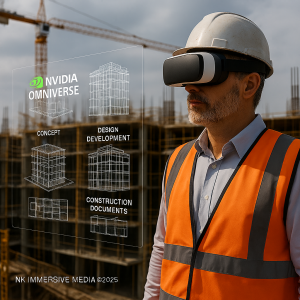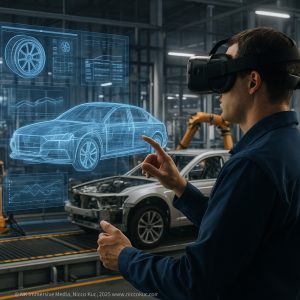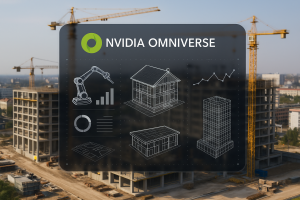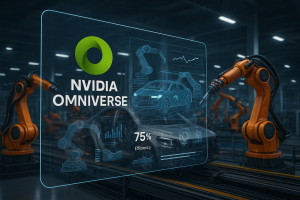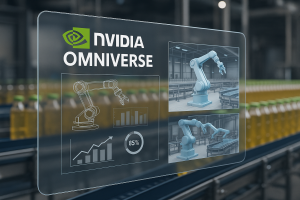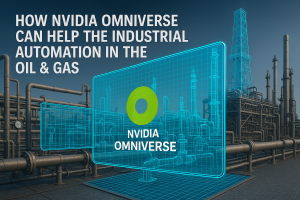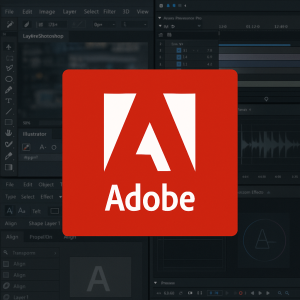more …
How we do it?
Discovery & Requirements
Client Consultation – Identify the robotic systems (AMRs, cobots, automation cells) and the intended use cases of the Digital Twin (design validation, commissioning, training, reconfiguration).
Data Intake – Collect CAD drawings, BIM models, PLC logic, sensor layouts, and production line schematics from the client.
Use Case Definition – Determine how the twin will be used (layout optimization, operator training, predictive maintenance, etc.).
CAD Parsing & Cleaning – Import STEP/IGES/SolidWorks files into conversion pipelines. Analyze assemblies, joints, and tolerances.
Replication in DCCs – Rebuild and optimize CAD data into 3ds Max (for precise modeling), Houdini FX (for procedural assets, robotics kinematics), and prepare USD-compatible geometry.
Data Fidelity & Simplification – Balance engineering accuracy with optimized geometry for simulation/visualization, ensuring correct joint hierarchies and scale.
3ds Max – Refine and detail high-quality robotic and environmental assets based on CAD references.
Houdini FX – Create procedural rigs and simulations (robot motion arcs, conveyor flow, material handling).
Material Optimization – Apply PBR materials for real-time compatibility in Omniverse and Unreal Engine.
Integration into NVIDIA Omniverse
USD Workflow – Export CAD-derived DCC assets into USD format.
Nucleus Server – Manage version control and enable multi-user live collaboration.
Omniverse Isaac Sim – Validate robotics kinematics, path planning, and sensor data inside a physics-accurate simulation environment.
Simulation & Virtual Commissioning
Omniverse Physics & AI – Test CAD-based designs virtually before hardware build.
Scenario Testing – Run throughput simulations, robot collisions, and operator safety cases.
Iterative Loops – Rapidly reconfigure layouts by editing CAD-informed Digital Twin assets inside Houdini and Omniverse.
Immersive Visualization & Stakeholder Review
Unreal Engine – Present CAD-derived robotic systems in photoreal, interactive VR/AR environments.
Operator Training – Provide immersive simulations for engineers to “walk through” the robotic cells and test workflows before deployment.
Design Review Loops – Allow stakeholders to mark up and adjust CAD-informed assets in real-time via Omniverse collaboration.
Delivery & Lifecycle Support
Deployment – Deliver the twin as a continuously updated USD environment.
Integration – Connect real PLC/IoT data streams to the twin for live monitoring.
Ongoing Reconfiguration – Use CAD-to-DCC pipelines to update layouts whenever the physical line evolves.


